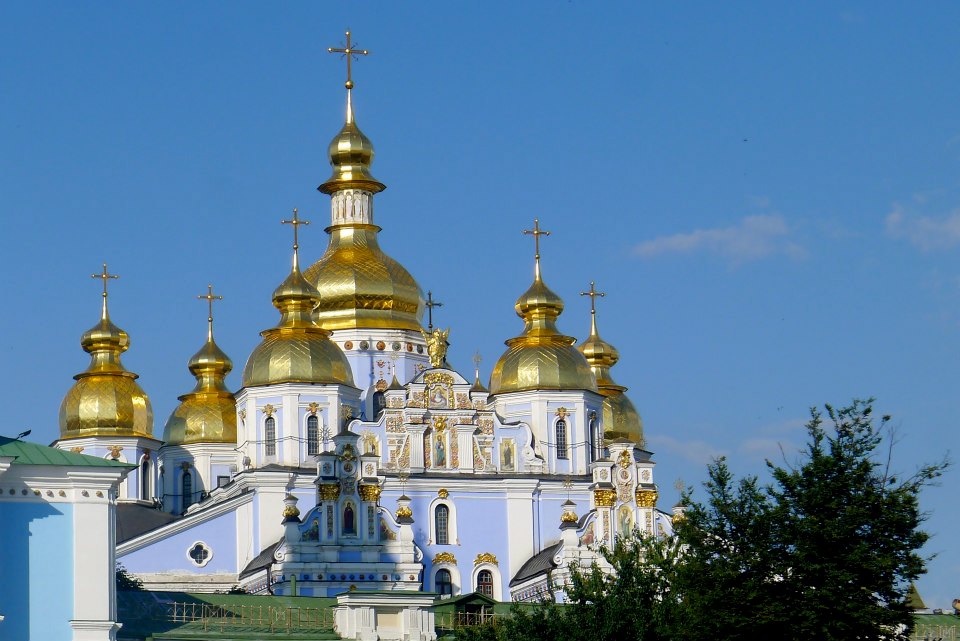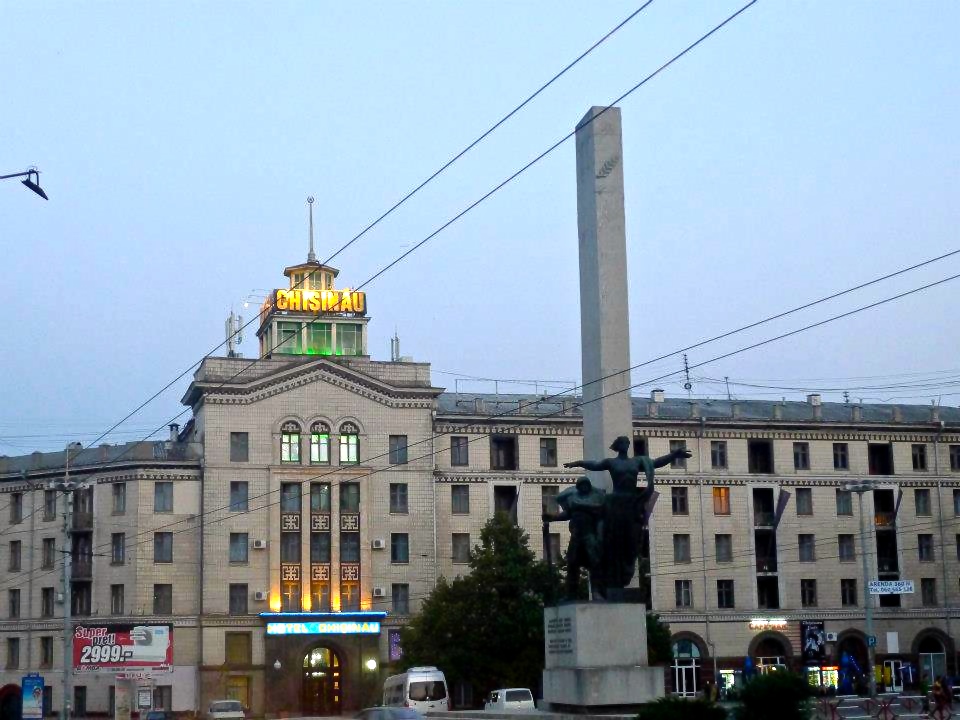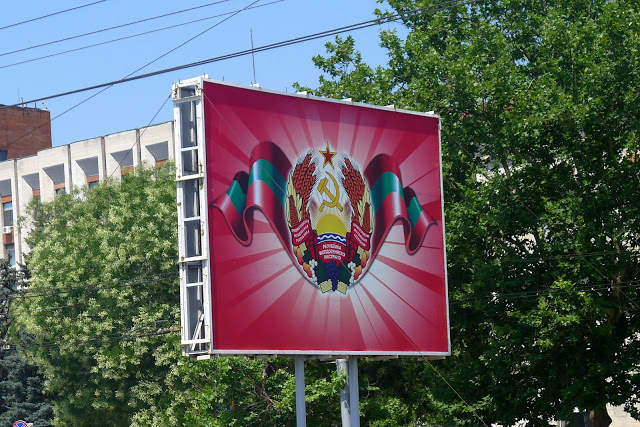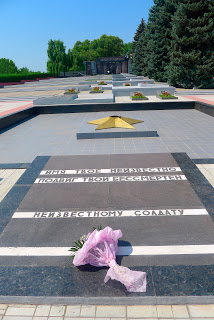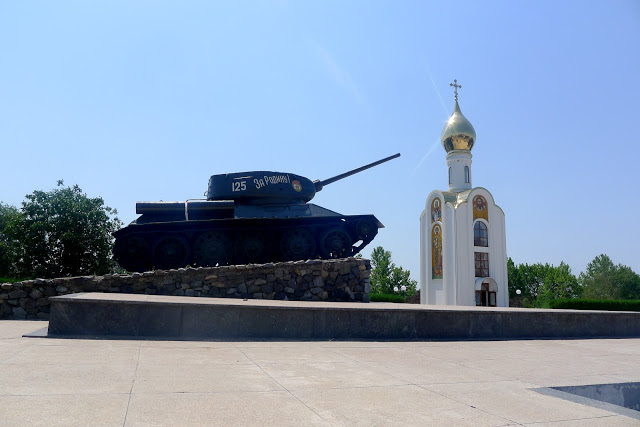
Traveling to Transistria: The Country that Doesn’t Exist
Ever heard of Transnistria?
Before researching Moldova for my Eastern European course in university, I hadn’t either. And that may very well be because—according to the United Nations and every other government in the world—Moldova’s breakaway region of Transnistria is a country that doesn’t exist.
Where (and What) is Transnistria?
Transnistria is a little strip of land about 20km wide that fought fiercely for its independence from Moldova after the dissolution of the Soviet Union. Though nobody takes it seriously, Transnistria remains adamant about its place in the world. The territory has its own currency, its own police force, its own border control and its own flag.
Yet, no other government in the world (save for those of Abkhazia and South Osetia in Georgia and Nagorno-Karabakh in Armenia) acknowledges its existence.
Historically, ethnically, politically and geographically (by the Dniestr River), Moldova and Transnistria have been somewhat divided. In 1924, the Soviet Union annexed the territory of Transnistria and created the Moldavian Autonomous Soviet Socialist Republic as a gateway to colonizing the remainder of Bessarabia from Romania.
As a result of intense Russification, Transnistria is made up of about one third ethnic Russians and allegiances have swayed strongly to the East. And today, Transnistria hopes to uphold the ideals of the Soviet Union. It has imported politicians from Russia and is led by Kamchatka-born, Igor Smirnov. In fact, nearly half of Transnistria’s politicians are from the former Soviet Union and have been trying to recreate the past on this tiny strip of land.
As a result, many have deemed Transnistria as the “Last Bastion of the Soviet Union” or “the Largest Soviet Open-Air Museum.”
-
Transnistria Travel Logistics
We decided to travel to this peculiar zone primarily out of curiosity. I was intrigued by the idea of visiting an area of the world that remained largely back in the Soviet era.
To reach Transnistria, we took a bus directly from Chisinau to Tiraspol. It only took about an hour and a half, including the border crossing.
Though the Transnistria/Moldova border is unrecognized by the world at large, travelers must show their passports or ID cards to gain entry into the territory. The crossing was relatively straightforward for us. After we showed our passports, we were given a free entry permit valid for 45 days.
Once across the border, we exchanged enough money to last us the day. Since no other country in the world recognizes Transnistria’s currency, however, we made sure to only only exchange small increments at a time.
Tiraspol: Transnistria’s Capital City
Though there isn’t much to see in Tiraspol, the capital of Transnistria is a fascinating place to visit. The city’s main drag is like a live display case of Soviet architecture, with its tall, concrete buildings and imposing statues. If nothing else, visiting Tiraspol offers a window into the past–a past where statues of Lenin and propaganda billboards line the streets.
Perhaps the most interesting collection of monuments in Tiraspol is the tribute to martyrs of Transnistria’s fight for independence from Moldova. I did not know what to make of the memorial. It was just so strange. A military tank stood on an elevated platform with its cannon pointed toward a gold-domed chapel.On the same square there was an eternal flame and a memorial wall that commemorated the fallen soldiers. The memorial was adorned with fresh flowers and heavily guarded by military personnel. The air around the entire place felt sterile and eerie.
In truth, however, Transnistria is a far cry from Communist Russia. I couldn’t help but notice the fancy cars and trendy styles of Tiraspol’s residents. People strutted around in designer clothes and dined in restaurants along the city’s main drag. It was a lifestyle seemingly a bit at odds with the city itself.
One of the first things I saw that took me by surprise was a young boy posing in front of a fountain with a rifle, as his mother took pictures. Nobody else seemed to find it peculiar at all. I kept wondering how this could be possible—how I could still be in Europe and witnessing such things. It was quite telling of why Moldova is not even under consideration to be part of the European Union.
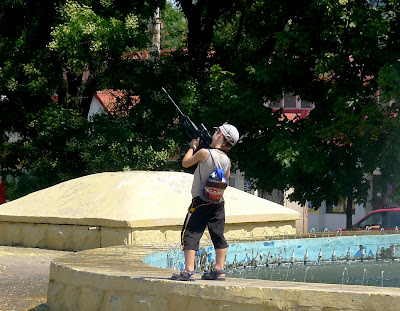
We left Transnistria in the late afternoon and made it back through border control quickly. We had heard nightmares about the border crossing and were expecting to face complications, but it did not cause problems at all.Instead, it was leaving Moldova for the Ukraine that would prove to be the most adventurous and chaotic part of our trip.
